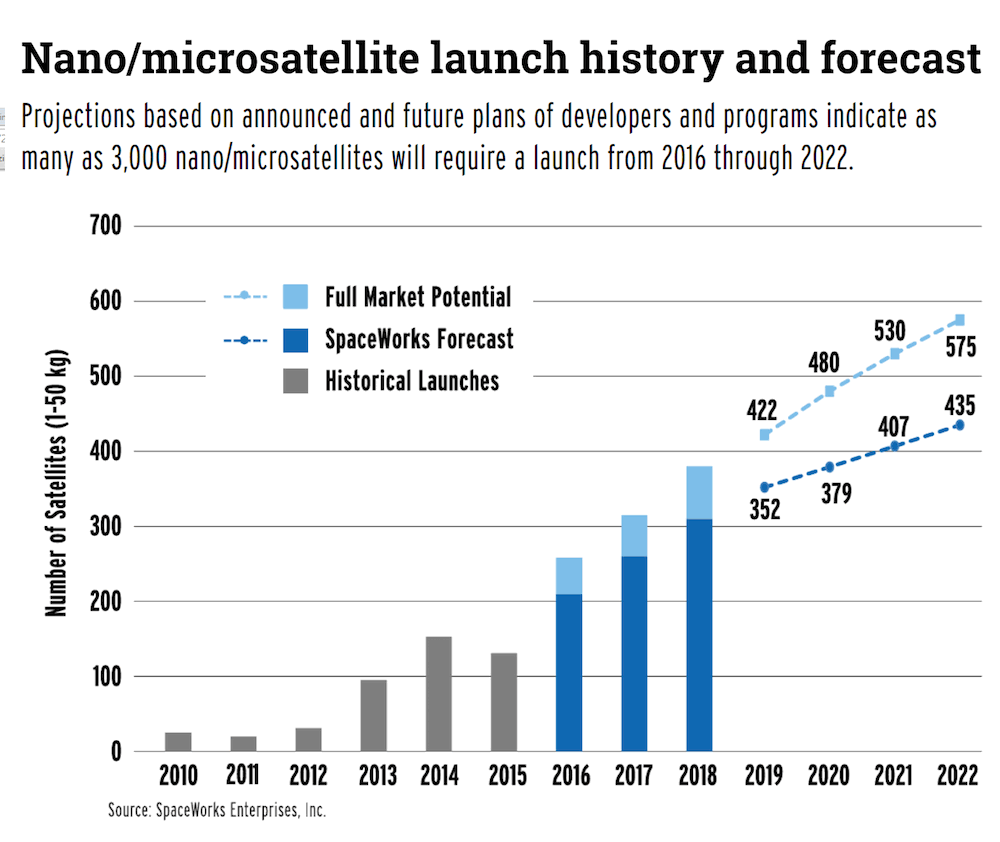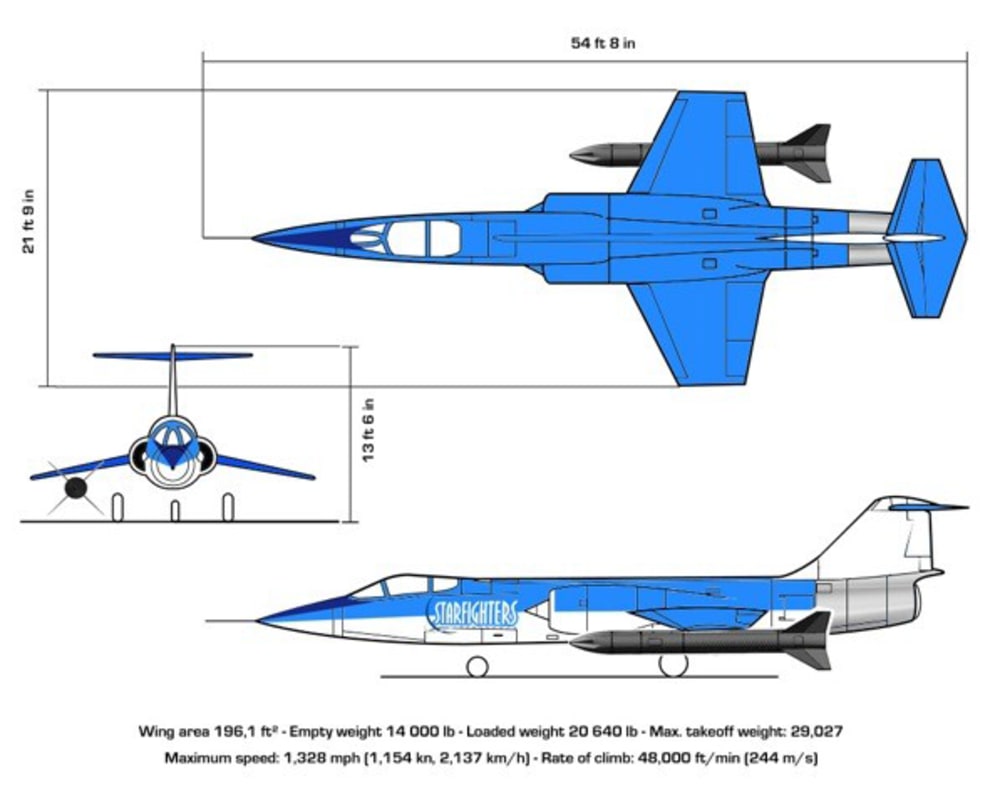
The problem: getting small satellites into space. If you're with a typical nonprofit, university, or small-budget government program without millions of dollars and years to spare, but want to use the "common heritage of mankind" above our heads to help your mission, you build a small, cheap satellite. But rockets today are designed to take big satellites, not small.
There are no commercially available rockets today with a payload of less than 100 kilograms. The smallest now under serious development (except ours) are around 20. But the dominant small satellite standard is the CubeSat, massing 1-5 kilograms. Their only ways to orbit are hitching a ride with a large payload (the "truck" model) or gathering many small payloads to share a ride (the "bus" model). Either approach takes 1-2 years on average, risks getting kicked off if the other payload owners think your satellite is dangerous, and has to go where the rocket goes.
But sometimes you just want a cab. Thus, CubeCab: rockets that take just one CubeSat to orbit. Making a rocket that can carry this small a payload to orbit used to be impossible; with modern materials and components, it is merely difficult. Our design uses commercial off the shelf technologies when possible, with a low number of parts to minimize launch failures that have plagued larger, more complex efforts. For example, rather than expensive launch gantries, we use the "air launch" model: strap rocket to plane, fly over the ocean, and fire like a missile - but the "target" is an unoccupied low Earth orbit slot. The FAA loves our approach, because our flight path avois populated areas. We can operate out of any airport, e.g. Florida for an equatorial launch or California for a polar launch.
Our main advantage is scale. Most larger launch operations do well to launch 12 times per year. We're planning on over 100 per year, and have letters of interest to support that; there are projections of over 3,000 over the next decade. By launching so often, we reduce unit costs: one competitor developing a 30 kg payload launcher projects $1,750,000 per launch, while our 5 kg payload launcher's estimated price is only $250,000, with further cost reductions as we get into higher volume. (Compare to the average $62,000,000 for a Falcon 9 - or $133,000,000 with a Dragon capsule.)
We already have letters of interest for enough launches to be profitable within a year of starting commercial operations (we only need 34 launches per year, but we have interest in over 50 launches). All signs are that interest will grow exponentially as successes are demonstrated; there are projections of over 3,000 - $750,000,000 - over the next decade, and about 100 were launched last year. We have vendors for most of the components, who can support up to at least 100 launches per year, and can scale further once we are doing that much business with them. The rest we will manufacture (our team includes the necessary expertise).
-
Awards
-
 2017 Top 100 Entries
2017 Top 100 Entries
Like this entry?
-
About the Entrant
- Name:Adrian Tymes
- Type of entry:individual
- Software used for this entry:Solidworks
- Patent status:none








